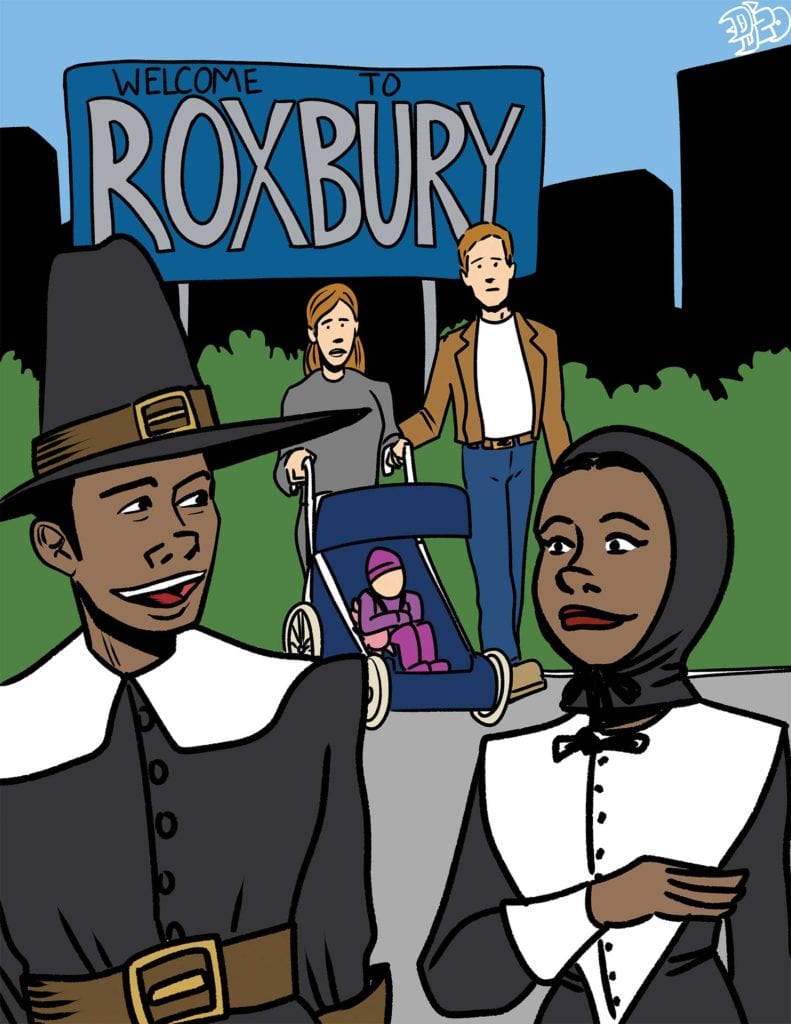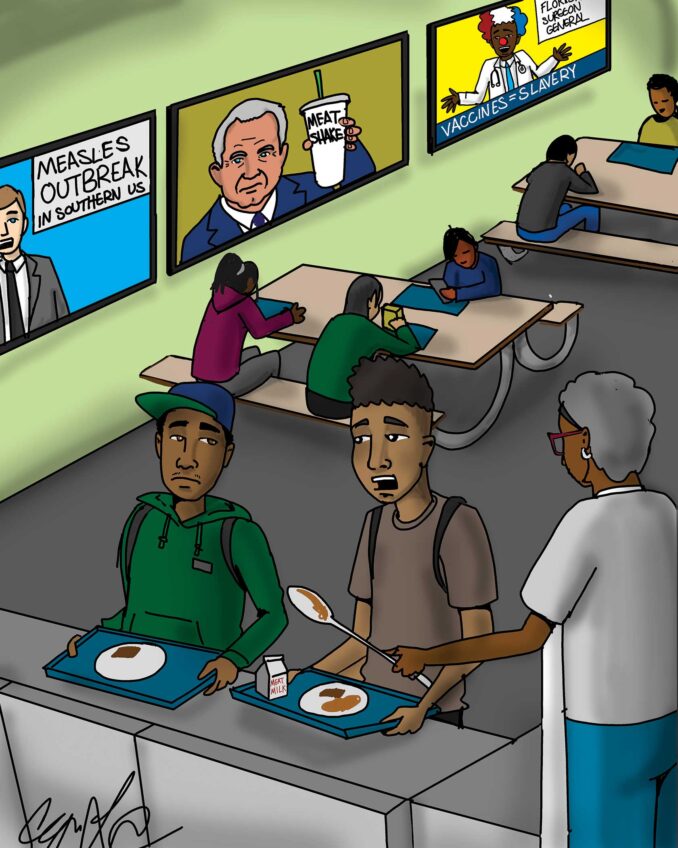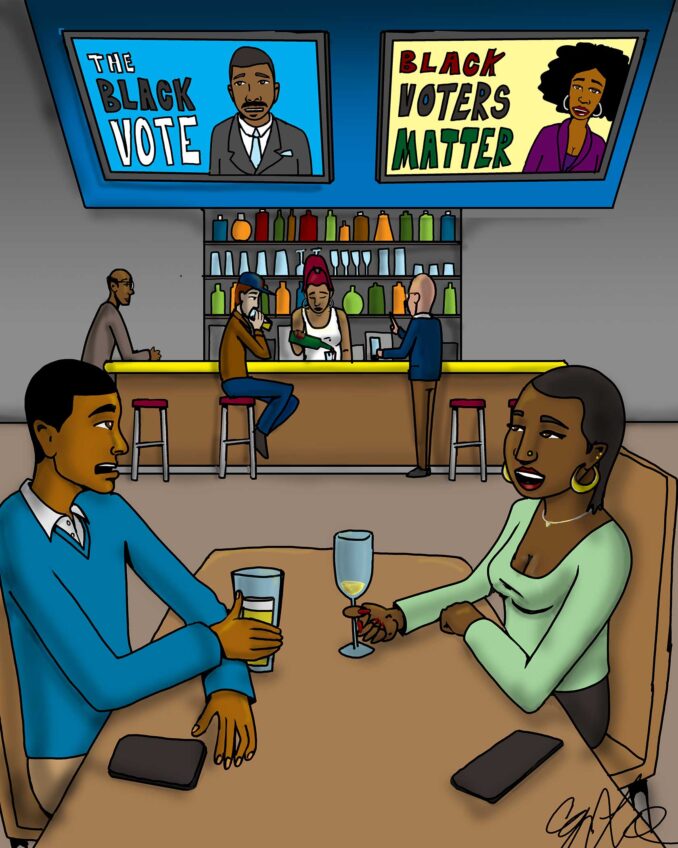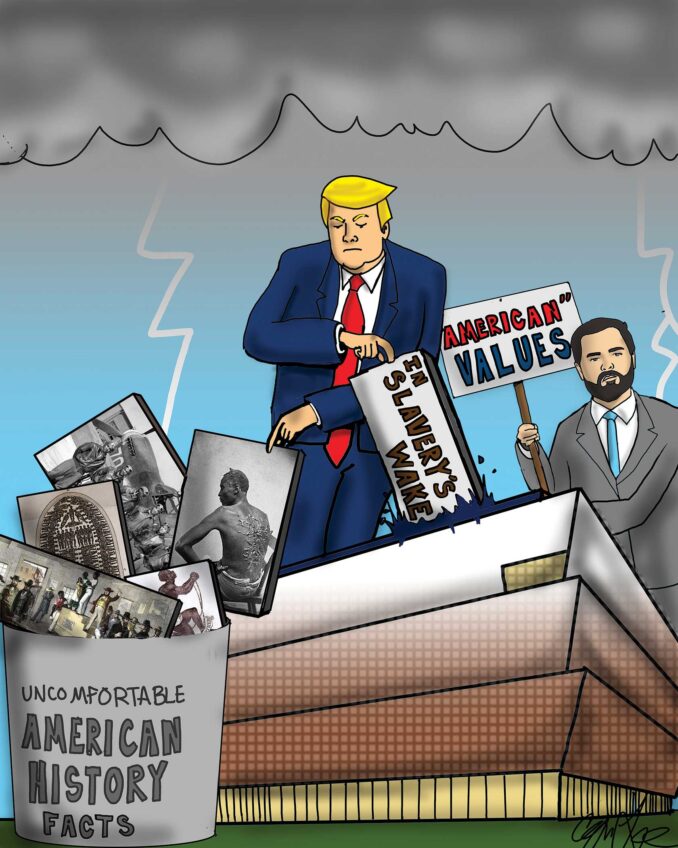
Thanksgiving is a special holiday when families gather to celebrate their good fortune. This practice acknowledges the safe arrival of the Pilgrims in Plymouth in 1620. But this year will be different. The Covid-19 pandemic prevents groups of people, even relatives, from assembling too closely.
About 400 years have passed since the Mayflower pulled into Plymouth Harbor. America has changed so much since then. In 1630, another British ship, the Arbella, led a fleet of 11 vessels, including the Mayflower on its second trip, into Salem Harbor. Passengers had come to establish and govern the Massachusetts Bay Colony.
This was the beginning of the Great Migration from 1630-1642 of Puritans from England. The Pilgrims were different from the Puritans. They were separatists who totally rejected the Church of England, while Puritans were satisfied with reform, as well as in search of the opportunity to build financial success.
The Puritans moved from Salem and established the Town of Roxbury immediately upon their arrival in Massachusetts. Roxbury became the most prosperous town in the early Colonial days. This is the same town that Black militants now insist belongs to them. Back then Roxbury included Roslindale, West Roxbury and Jamaica Plain, as well as the area now defined as Roxbury. Roxbury became a city in 1846 and was annexed to the City of Boston in 1868.
In Colonial times, affluent Bostonians lived on Beacon Hill. Upscale areas like Back Bay were made by filling the bay with soil from the town’s hills. There were small farms in Roxbury, until housing construction created opportunities for the sale of land. Bostonians who could afford to do so built country homes on lots that were once part of farms. It was necessary to maintain a horse and carriage to be able to travel to the more rural areas.
It should be noted that Massachusetts is not a significant agricultural state, so the conditions that require numerous field hands did not exist. The Black population of Boston was only 2,572 in 1865 at the end of the Civil War. At any rate, slavery became unlawful in 1783 in Massachusetts.
The establishment of a public facility at the turn of the 20th century precipitated a demographic shift. The City of Boston established Franklin Park, a 527-acre park that was beautifully landscaped as the Jewel of the Olmsted “Emerald Necklace.” It contained an 18-hole public golf course and a zoo opened in 1912. It was at the south end of Roxbury, adjacent to Dorchester and Jamaica Plain. The desire to visit at that time was so great that public street car transportation was established.
The problem was that public transportation provided easy access to areas in Roxbury Highlands that could be reached formerly only by horse and carriage. After the Great Depression, fine country houses of the affluent lost value, and many were abandoned. Those still salvageable were bought by Blacks and others who spent considerable time and effort restoring the homes.
The Black population in Boston has never been substantial enough to claim that Roxbury belongs to Blacks. In 1900, the Black population of Boston was only 11,591, a number which rose to 13,564 by 1910, still only 2% of the total. Back then, Blacks were leaving their earlier neighborhoods on the North Slope of Beacon Hill and taking up residence in the South End. The move into Roxbury did not come to any degree until after World War II.
While the total population of Boston is now about 692,600, it is made up of 44.5% whites, 25.3% Blacks and 19.7% Hispanics. The ratios shift in Roxbury, with 53% Black, 12% white and 28% Latino. It should be pointed out that most Black Boston residents live in Dorchester, Mattapan, Jamaica Plain and Roslindale.
Older Roxbury residents want a community where all are welcome, including those of any ethnicity who are able to afford quality housing.






